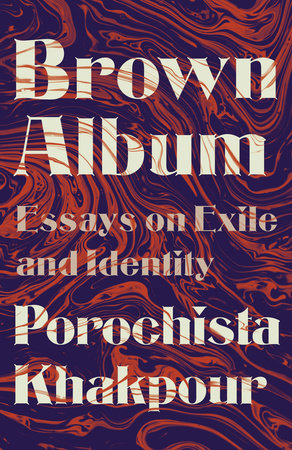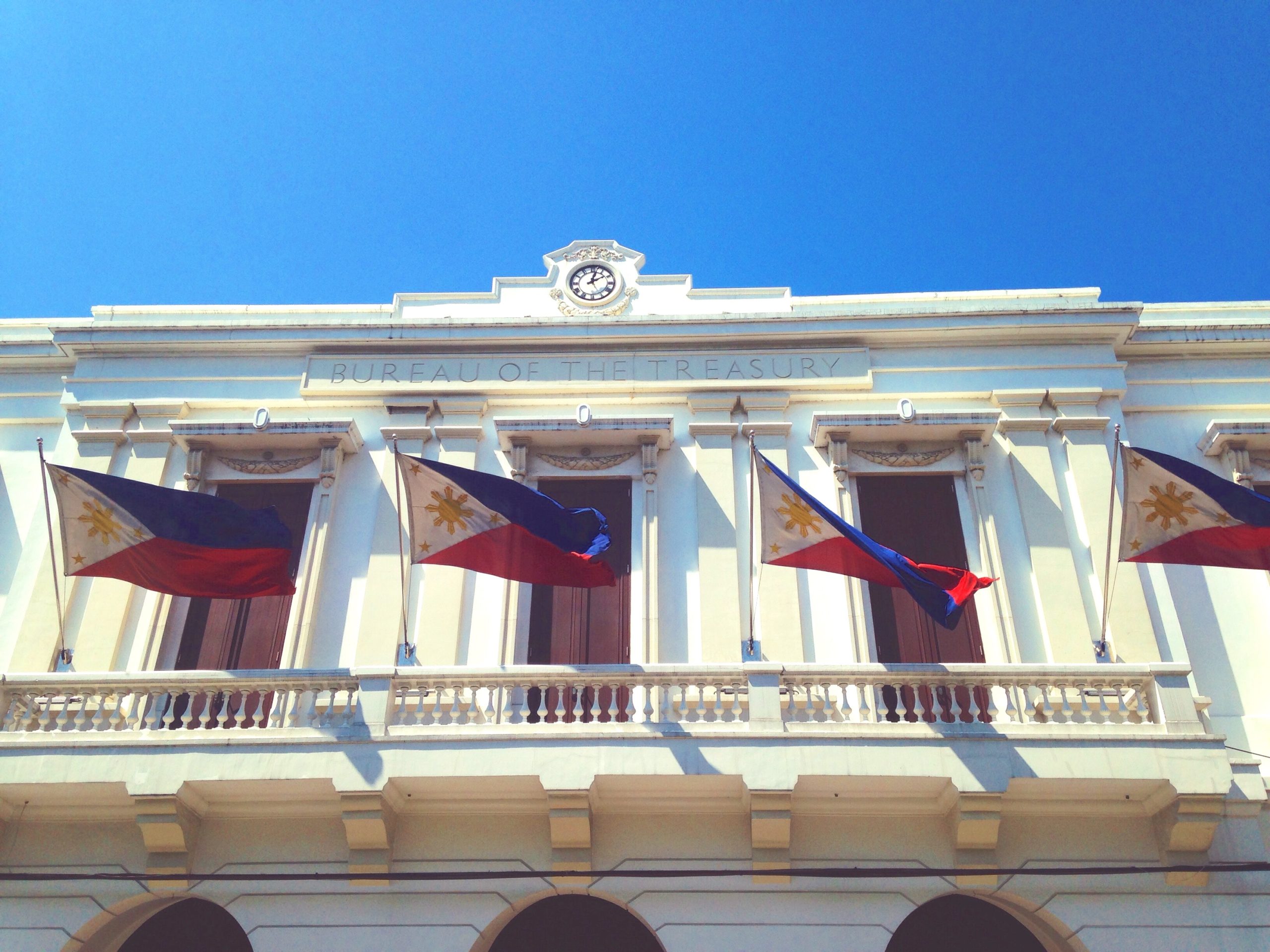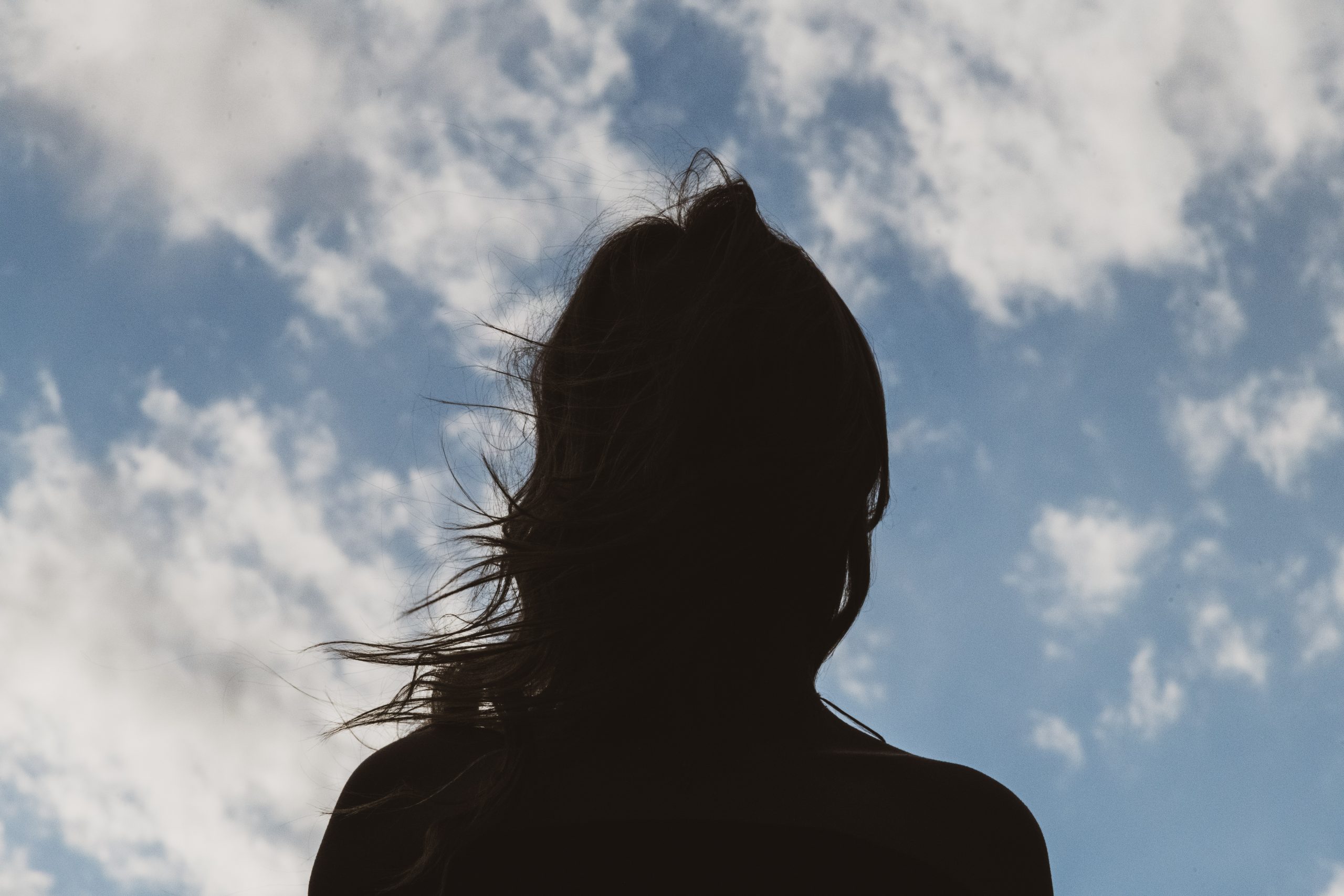interviews
Porochista Khakpour’s “Brown Album” Takes on Race and Identity in America
The author on Barbie dolls, the false comfort of Americanness, and brown solidarity

When I was growing up, everyone I fantasized about becoming was blonde. Jessica Wakefield, perfectly popular across Sweet Valley. Britney Spears, queen of my heart, then and forever. Barbie, not always blonde, but definitely in the avatars I preferred her. Blondness was the baseline from which my fantasies extended—an unreachable goal, through and through.
Until a few days ago, that is, when I Googled pictures of Porochista Khakpour as a ridiculously gorgeous, platinum blonde.
Iranian American writer Khakpour has had a lifelong fascination with blond hair too—and not just on white girls. Her mum, she writes, always had some variation of extremely light to blonde hair, while in turn, the ladies of ‘Tehrangeles’ — L.A. “Westside neighborhoods filled with wealthy Iranians”—sported expensive shades of flaxen and gold. The idea of a brown girl going blond had never seemed remotely possible to me, but, as Khakpour writes, “going blond was the most Iranian thing I’d ever done.”
Khakpour’s fourth book, Brown Album: Essays on Exile and Identity, sits precisely at these complex intersections of identity—a patchwork text whose shifting chronology perfectly mirrors the experience of immigration and diaspora. The past is always encoded in the present, which in turn leaps ahead to a hopeful, uncertain future. By turns funny and sad—and always incredibly thoughtful—Brown Album’s razor-sharp prose spans over a decade of Khakpour’s writing on Iranian America. These essays, she explains, are “a testament to the greatest and worst experience of my life: being a spokesperson for my people, a role I never asked for.”
Brown Album is also where I learned this important fact: blonde hair is such a rare genetic mutation that only 2 percent of adults across the world are natural blondes.
Khakpour writes, “To survive our moment in 2020 and perhaps all the moments to come, we need to remind them who the real minorities are.” She’s talking about whiteness, but I can’t help but think of every blonde girl I’ve known, and how every so often, resilient brown interlopers muddy her story.
I spoke to Khakpour about Barbie, class, the false comfort of Americanness, and whether brown solidarity will ever truly be possible.
Richa Kaul Padte: I’d love to start by talking about the word Persian, one that “often equate[s] with Iranian” but that signals a glamor and softness (rugs! cats!) that the latter typically doesn’t. I don’t think this is just a Western thing, either. My mum grew up in Bombay, a city that is home to several iconic Irani cafes. Set up by the Iranian Zoroastrian community under British imperialism, these cafes are known for, among other things, distinctive keema (mutton) preparations, bun maska (sweet bread), Irani chai, and menus sweetly pressed between colorful checkered cloth and glass tabletops. But I think Indians claim Irani in the same way, perhaps, as Americans claim Persian—assimilated fondly, but entirely divorced from their country of origin. You write: “After the September 11 attacks I began insisting on using [Iranian] over Persian. I didn’t want to stand for more convenient euphemisms.” What changed since you began to do this, and conversely, what perhaps remained the same?
I was always very uncomfortable with ‘Persian.’ It was clear that it was a euphemism designed for basic survival.
Porochista Khakpour: I was always very uncomfortable with “Persian.” It was clear that it was a euphemism designed for basic survival. In Los Angeles, it seemed as though some of the most self-hating of my people used it. So when I began saying “Iranian” more as an adult, it felt much more honest. It also allowed me to take the temperature on certain people. I’d watch their eyes, I’d look for a raised eyebrow, any sign of discomfort. I’d also see my own people—those who went by “Persian”—grow very uncomfortable with me, like I had told on us. But I think most Westerners now know those terms are the same thing, so what use is there to hide? We are generally very consistently hated by those who have always hated us!
RKP: When I was growing up, I was obsessed with Barbie (obviously the whitest ones, definitely not the sari-clad ones). But reading Brown Album reminded me of an even bigger obsession I had: Zoroastrian girls, and in particular, their initiation ceremonies (navjotes, or sedreh-pushis). These extravagant parties usually featured beautiful pastel décor, where the lucky girl wore the most perfect, doll-like dress. Resentful that I would never undergo this rite of passage myself, I made my parents buy me my own “navjote dress”: a frilly baby-pink affair with echoes of Barbie’s wardrobe, the most expensive item of clothing I’d ever owned.
You have a lovely piece in Brown Album on Barbie, beauty and identity. In the essay’s final moments, a white middle-aged coworker spitefully mutters under at you over lunch: “Persian Barbie.” You write: “She left before I could jump out of my seat and give her the hug of my life.” Porochista, I cried with such joy at that moment; I felt like I shared it so deeply with you. Are we simply claiming our victories where we can, or is there a particular power in triumphs that whiteness will never see?
PK: I loved the way you put this: triumphs whiteness will never see! I mean, that is probably my most winky essay. I have conflicted feelings about Barbie, and of course about the sexualization of women as well as white feminism and how it views all bodies. So there are no answers in that piece, but instead the roller coaster of emotion that comes from being a woman of color.
And wow, yes, I know what you speak of regarding the Zoroastrian girls—we went to a Zoroastrian temple in Southern California for a time (we were not technically Zoroastrian but my dad really wanted us to be!) and I felt the same alienation from those girls, who seemed so fancy and rich and acceptable.
RKP: You describe yourself as “the anomaly of anomalies in L.A.: the poor Iranian, that incomprehensible being who received either the cold disregard or the flushed pity of rich Iranian ladies.” Unlike your family, these women often lived in Tehrangeles, where the iconic designer Bijan established the most expensive store in the world (prices range from a $120,000 bedspread to a $10,000 limited edition gold revolver). You once worked in a smaller designer store across the street, and one day while you were sweeping outside, an elderly Iranian woman remarked: “Persian girl, how did this happen to you?” Can you talk a bit about this?
Americans love an absurd, flashy, repulsive minority that they can feel superior to, all the while feigning a sort of connection and respect.
PK: Well, firstly it’s not an anomaly in reality—it’s an anomaly in public perception. Many Iranians themselves hate to be portrayed as anything but affluent; even if you are lower middle class, they assume something went terribly wrong. But they certainly also know this a ruse. And the more I wrote about class issues, the more I had Iranians my age writing me, thanking me for that representation. I also think the West has much more fun seeing us as super fancy and ostentatious. This is a weird take on the “model minority”—as if wealth equals virtue. But I see this like some Cruela de Vil caricature, because capitalism is, of course, bloodthirsty and evil. I think being honest about status is so important and one thing I love a lot about Islam is how material wealth is seen as absolute bullshit.
RKP: In the last decade, the opulent, gold-plated wealth of Tehrangeles has been positioned in less flattering ways though: for example, the now-defunct website uglypersianhouses.com. Have the lines between the “right” and “wrong” kind of Iranian become increasingly blurred, or is that simply an outsider’s perspective, a gaze developed by people who never really saw those lines at all?
PK: I think it’s just lazy characterization made by people who don’t know us. And the scary thing is some Iranians will feed right into that—as if they are laughing along with the joke, not really internalizing that the joke is on them. It’s why I felt so conflicted writing about the reality TV show Shahs of Sunset. On the one hand, those Iranians do exist, but on the other hand, yikes, that is not the representation we have waited for! I actually think the cast is playing into the stereotype and perhaps they were asked to as well. They know entertainment like that is lucrative—to give people what they want, to deliver on expectation. Americans love an absurd, flashy, repulsive minority that they can feel superior to, all the while feigning a sort of connection and respect.
RKP: There’s a tendency among the upper caste Hindu diaspora—a group I’ve been a part of—to claim “brownness” as a homogenized experience (over-bearing mothers! body hair!) but to then pull up the definitional drawbridge as soon as something complicates this entirely surface solidarity (“lower” caste immigrants, for example, or Islamophobia).
One of my favorite things about Brown Album is that despite its name, you never universalize a “brown experience”. You write Iranian America, but more specifically, you write your particular experience within that very broad category. You also show us the complexities of identity—for example, the interplay between Zoroastrianism, Islam, America, and Iran in your own life. Is there a way for us to claim solidarity across brown identities; one in which we flatten neither ourselves nor others in the process?
Whiteness requires that all ‘others’ constantly undermine each other and fight for crumbs, while they themselves continue to ascend.
PK: That would be a dream for me. I used to tell an ex of mine, who was also brown but Latinx, that imagine if there was true brown solidarity—we would be most of the world! But of course, brown means so many things to so many people, and our communities are often at odds with each other—often by design, as that’s how white supremacy gets most of its power. Whiteness requires that all “others” constantly undermine each other and fight for crumbs, while they themselves continue to ascend. White supremacists rarely seem to have conflict with each other. You don’t see Americans of French descent fighting those of Irish descent fighting those of German descent, [at least not] that often or that clearly.
RKP: Porochista, I’ve followed you for several years online — but I didn’t find your writing on Iranian America until much later; I followed you for your illness writing (side note: your memoir Sick is a masterpiece). And one of my true online joys recently has been witnessing your return to New York after a long period of terrible illness and difficulty; seeing you doing well in a city that holds you well. But your book gave me an entirely new insight into your relationship with New York: it isn’t just where you feel most at home (I say “just” as though that’s a small feat!) but a home you dreamt up for yourself as a child growing up in L.A.; a home that you determinedly forged into unlikely existence. I’ve never been there, but when you write, “I am a New Yorker”, I absolutely know that you are.
PK: Ah yes. Well, for me New York has always been the polar opposite of Los Angeles, where I grew up. But now I have lived in New York much longer than L.A, and I think my personality—the good and the bad—was very much molded by this place. And 9/11 probably cemented my identity as a New Yorker. Now, living here in the heart of the pandemic, I still feel there is nowhere I’d rather be in America. I truly love this place. I often wish people would call me “Iranian New Yorker” rather than “Iranian American.” And yeah, hilariously, it is where I heal the most from illness each and every time. It’s funny how the body knows where home is, more than you or doctors can imagine.
RKP: I’ve long suspected something similar in my own illness journey too! That our bodies are impacted by our ability to feel at home in the world — by how that world holds or rejects us.
PK: I think setting is so important. We are sold the lie that no matter where you go, you still are yourself. And while that is true in a sense, I think we can’t underplay the impact of surroundings. And this is not an aesthetic thing but a deeply cultural one. It is very hard to exist in a culture that you feel in opposition to.
RKP: In Brown Album’s final essay (which is so wonderful that I won’t give much away), you write of Halloween:
“My aunt sewed me a perfect Snow White dress and I…wore that dress to school in misery. I looked nothing like Snow White, but the women in my family did not see that. They saw their dreams: skin as white as snow.”
Reading this, I thought again about my Parsi navjote fantasies, and whether perhaps they weren’t only about exclusion, but also about whiteness. The fairest girls in school, dressed in white, surrounded by pastel décor and warm, bright lights.
One thing that perhaps unites many brown people around the world is the belief that we are closer to whiteness than we are to any other ethnicity. I always thought this had to do with colonialism, but reading Brown Album made me realize it might be something else. What, according to you, is this something else—and how do we eradicate that shit?
PK: I think it is colonialism. Good old-fashioned racism and white supremacy. There is no way to sugarcoat it. If you are what many, even most, consider brown—and you choose to say you are white, then you are feeding into racism directly. I felt so much better as a human when I stopped wanting the approval of the white world, when I just collapsed into what I was all along. The white gaze is so uninteresting to me. It sells you the lie that it matters so much, but there is a whole world—indeed most of the world—out there that has nothing to do with whiteness. I have very few white friends left: it’s not that I hate white people individually, it’s just that once I learned to turn down the volume on them, a whole other world that was there all along opened up.
You know the saying, “Go back to your country” or “Go back to where you came from”, that racists love to use? Well, I find myself thinking about that a lot these days, as America grows more openly racist by the second. I think I am going to move to Asia, where I am from, in the next year. And no one is kicking me out of America; I am making that choice. Once I started seeing the rest of the world properly, I realized there was so much power and beauty in claiming my West Asian heritage. When I think like that, I feel so excited about the future. I used to fear being a refugee again, but I now just think of reclaiming what was supposed to be mine all along, and shedding the false comfort of Americanness. One day, when they ask me about America, I want to be that Mariah gif, the one that says: “I don’t know her.”









